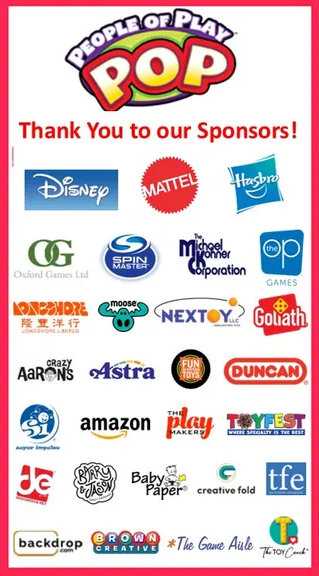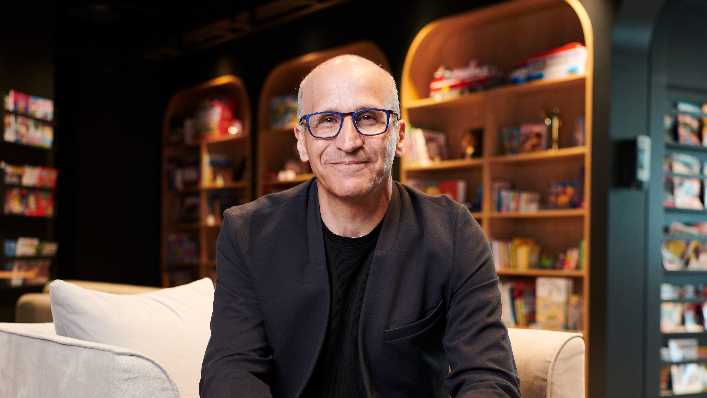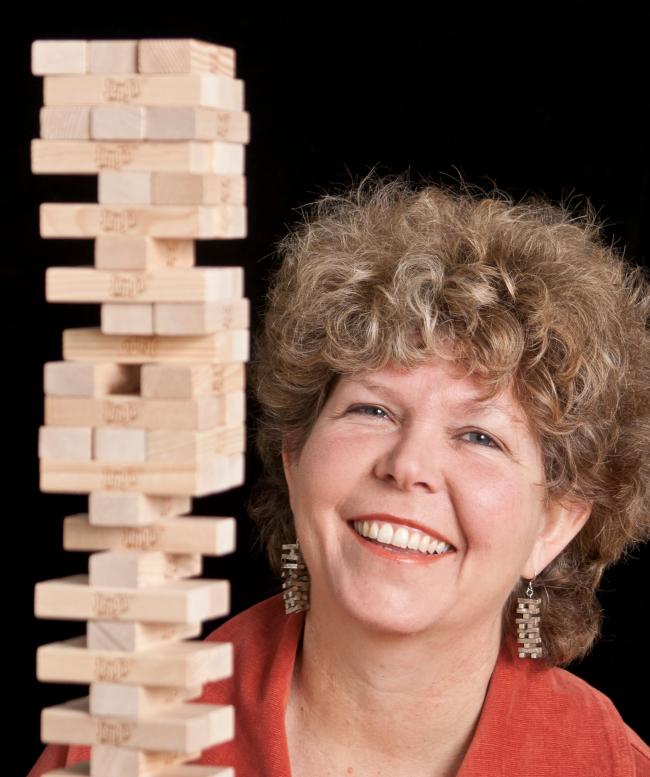*Opinion Article - Concepts below are explained with a lack of detail for ease of comprehension*
This article is structured like a conversation. Go ahead, read it aloud in your head, you know you want to.
Last we talked, you said something about Axie Infinity being the future of work. That’s quite a bold proclamation, almost as bold as saying that “NFTs are going to change everything.” I’ve noticed that my life hasn’t changed one bit. So, you drank the Kool-Aid?
Yes, I’m a convert, no question. New technologies almost always follow the Gartner Hype Cycle, and last month we were at the Peak of Inflated Expectations. Get ready for some incredible crashes in the NFT space when we enter the Trough of Disillusionment! However, I’m looking at the productivity segment already here because of how important this stuff is and what it enables. I still believe that NFTs have the potential to change everything because of what benefits they imbue onto society.

This month, I invite you to follow the proverbial white rabbit into wonderland where a new paradigm is being made, starting with Axie Infinity – you could be looking at the future of work.
So I offer you a choice: Take the red pill and see how far this goes, or click the red X and go to bed remembering you don’t believe in any of this stuff. It’s coming though, whether you believe it to or not.
Still don’t believe it, but I’m willing to listen. Red pill it is, what’s Axie Infinity?
Plain and simple, it’s a video game kinda like Pokémon. You can play on your computer. In order to play the game you need 3 Axies, which are NFTs. You can buy them for about $250 a pop. While you play the game, you earn SLP (cryptocurrency) which can currently be sold for about 7 cents each. You can earn about 100-200 SLP a day, a whopping $7.
Oh, and this video game generated $485 million dollars in revenue IN ONE MONTH in July.
Wow I thought $15 an hour was high, $7 a day is a steal!
It is… if you live in countries that aren’t America. Axie Inifinity has made a huge splash in the Philippines where the average monthly salary is about $900. Minimum wage is $170. The average monthly SLP generation is about $400, and when tons of jobs were lost during the pandemic, this was an incredible opportunity with few barriers to entry… other than that insane initial investment.
Sounds like a non-starter then. $750 to play a game?
Don’t forget one of the unique things about crypto – it’s borderless. It can go anywhere in the world in an instant (except China, s/o to our fav communist country).
As a result, you’ve got players in first world countries setting up ‘scholarships’ for players in third world countries, usually following a 50/50 deal. The first world player buys the initial investment and then gives the third world player access to the game without giving transfer access to the NFTs. The third world player plays the game and SLP goes into the wallet and everyone’s happy. First world players are making passive income by setting up multiple scholarships, and third world players are making 2x the minimum wage by playing a video game. And the first world player can sell the Axies whenever they want to get their initial capital back, assuming the Axie price remains that high.
Would people continue to play if they didn’t make money? Like, is the game fun?
Mmmmm probably not. It’s pretty limited right now, but it’s further ahead than many other blockchain games. There’s going to be other games that have more lucrative payouts and you’ll see people switching frequently. At the same time though, they’re building more gameplay to make it continually fun for the long term. The Trough of Disillusionment is real.
Ok so why should I care?
Because you’re seeing one of the first examples of how a distributed player base can create value for an ecosystem out of entertainment without having to know each other. Take another crypto game that is poised to be huge: The Sandbox. It’s similar to Minecraft and Roblox in that you as a player can create in-game assets. But with The Sandbox, it becomes a marketplace – 3D modelers can design NFT assets and earn money every time they’re used. It goes further too, most if not all of these crypto games are owned in part by the players. Usually, they’ll have what’s known as a governance token (type of crypto) that will allow holders to vote on the future development of the game AND also earn a cut of all transaction fees. In essence, you’re keeping the value circulating in the game and anyone can jump in as a part time job.
Part time job eh? I remember you said something about the government getting involved, can’t avoid taxes right?
Correct. It’s a bit of a grey area right now since the space is so new. In the US specifically, these assets fall under the jurisdiction of the SEC. Cryptocurrencies with utility are commodities, but the rest of the tokens and NFTs are theoretically securities. As a result, all these companies and individuals issuing these NFTs technically could be issuing securities without having registered them. Might see the hammer come down at some point… Fortunately though, the head of the SEC, Gary Gensler, is an absolute baller and probably the best person in the US to be holding that office right now. Not only is he extremely qualified for the main part of the job, he also has an in-depth knowledge of crypto. So much so, that he taught a course at MIT about it. This space sorely needs regulation and I believe he’s the one that’s going to be able to do it well.
If people are making money on this in a regular way, which I expect will be increasingly common, you can bet that regulation will follow shortly after. At the end of the day, that’s a good thing. Regulation increases transparency, decreases scams, and creates rails for institutional money to flow in, raising the whole ecosystem’s value.
Sum it all up for me, will ya? I stopped listening once you started talking about tax law.
Cryptocurrency and NFTs have created a new opportunity to make money. Value can be created by a group of people who don’t necessarily know each other by each contributing to an ecosystem. Those ecosystems have become much easier to make, and the value can be embedded virtually with the features enabled by NFTs. Remember when I said in the previous conversation that NFTs allowed you to own them, similar to how you own physical goods? This is a use case of that feature.
Axie Infinity is the most successful Play to Earn game to date, though there will be others very soon. Valuations are going to be all over the board, and many of these games will crash and burn. Some however, won’t, and will continue to grow, providing an opportunity to make money anywhere in the world outside of your local economy. Regulation is coming soon, and it’s going to shape how this space grows.
We’re also seeing some incredible experiments outside of the video game space, utilizing this same mindset. Because you can create smart contracts on blockchain, entire organizations are being built up entirely run through smart contracts and governed by people who may not know each other, all trying to solve a singular purpose or idea. This is known as a DAO, a decentralized autonomous organization, and it’s what’s coming next. Stay tuned for the third and final article coming next month!
My name is Nick Metzler. I’m a game designer specializing in innovation. If you’d like to learn about the opportunities in this rapidly evolving space, reach out to me and we can set up a consultation where I answer as many questions as I can. This space is going to get more complicated quickly – you may want to learn the basics with me so you can filter out the BS when you hear it.
Please note, I am not a financial advisor so I will not discuss crypto investment ideas such as buying into something like Visa did, but I will tell you some of the reasons they did it, so you can decide. Full indemnification below.
I’m not a certified financial planner/advisor nor a certified financial analyst nor an economist nor a CPA nor an accountant nor a lawyer, nor any certification of crypto. I’m not a crypto professional through formal education or job experience. I’m a game designer with a business degree. I’m a kid who grew up in Chicago, LA, Brooklyn, and now Austin who sees what future potential these have. The contents in this article are for informational and entertainment purposes only and does not constitute financial, accounting, or legal advice. By responding to this article, you agree to hold me harmless from any ramifications, financial or otherwise, that occur to you as a result of acting on information found in this article.
Recent Blogs
Recent Blogs

Biographies and Interviews
Catching up with Eric Olsen, The Inventor of Flip 7 and Co-Creator of Messy Table Games

Reviews
Book Review: Happytecture by Anna Devís & Daniel Rueda

Biographies and Interviews
From Stage Lights to Game Nights: McMiller’s David & Julian on Shark Tank (Dec 10th), Viral Success & Building a Business With Your Husband
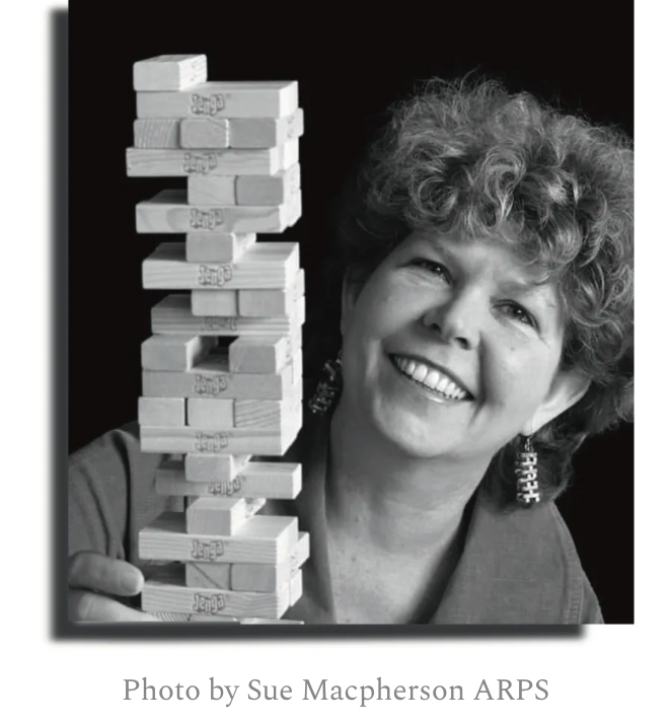
Press Release
Leslie Scott (creator of Jenga) announces the launch of BOUNDLESS PLAY
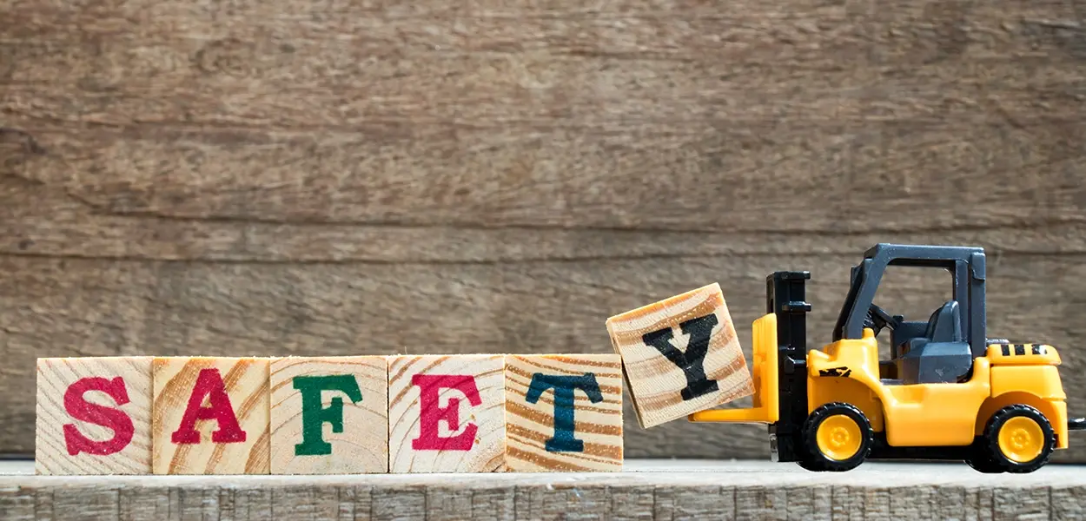
Press Release
New Study Highlights the Importance of Shopping from Trusted Toy Brands & Retailers this Cyber Monday
See more
Recent Wiki

BOOK REVIEWS
Toy Review: Monster Jam Smash & Bash Grave Digger Monster Truck
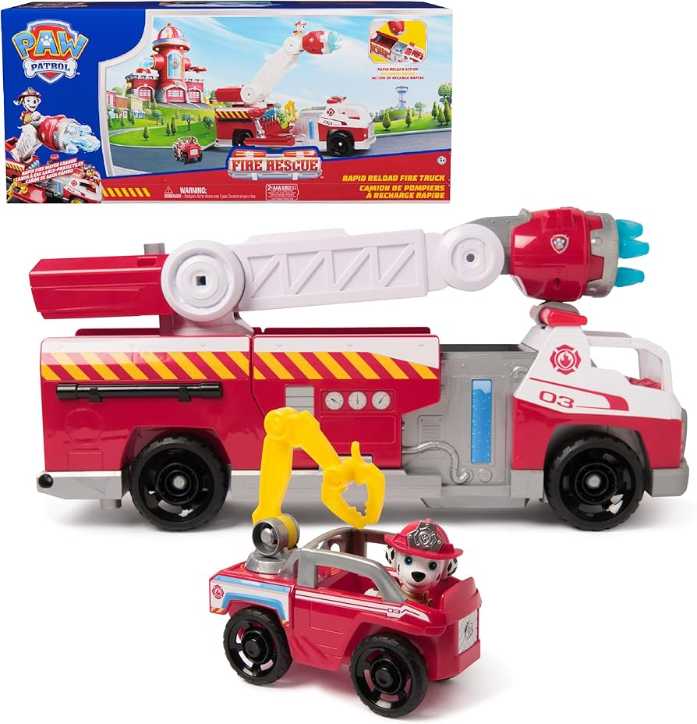
BOOK REVIEWS
Toy Review: Marshall's Rapid Rescue Fire Truck
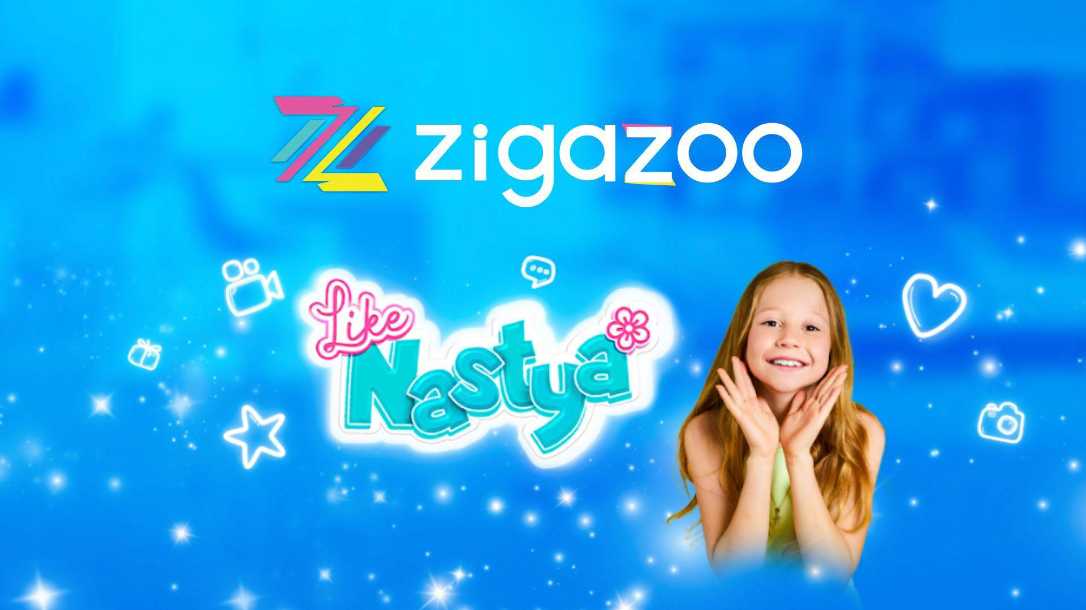
COMPANIES
Zigazoo Secures Partnership with YouTube Star Like Nastya to Inspire Millions of Kids
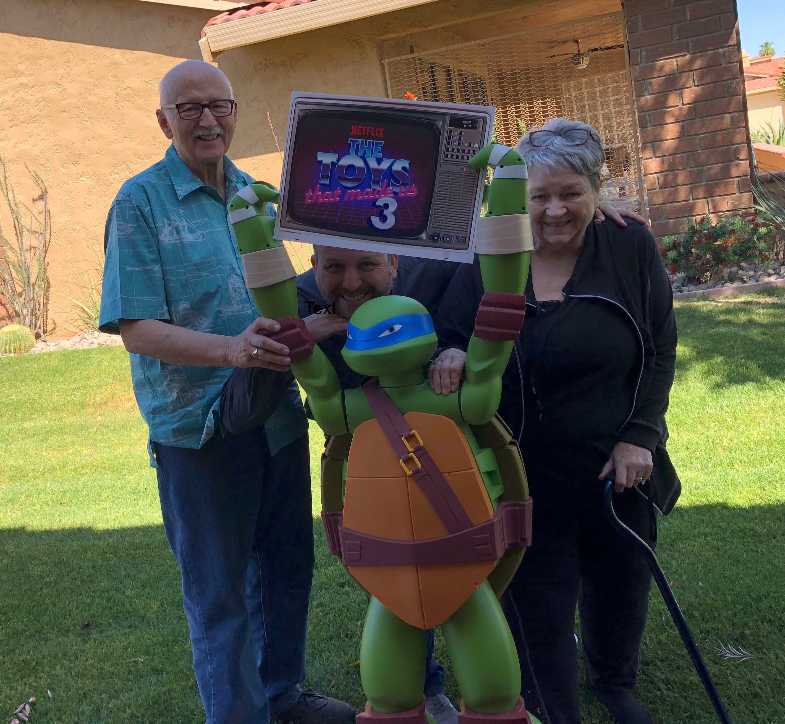
PEOPLE
A Legacy of Play: Inside the Carlson Family’s Multi-Generational Journey Through the Toy Industry
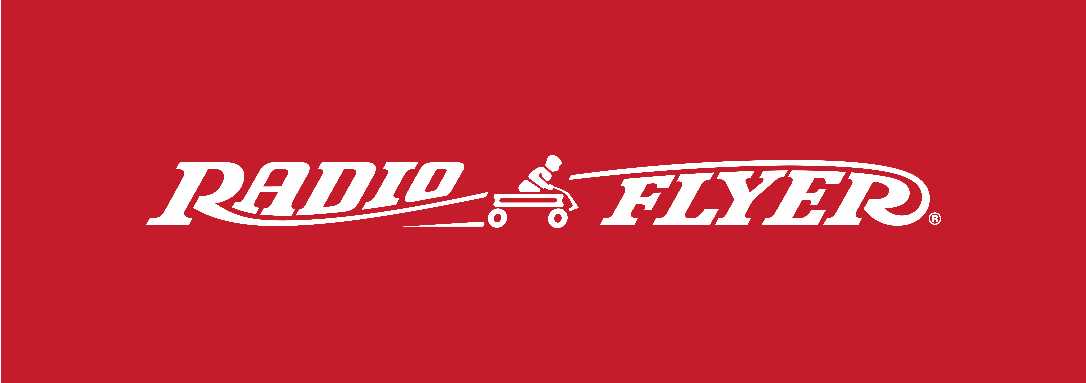
COMPANIES
Radio Flyer Studios Announces the Launch of its First Original Animated Series, Max & Maple: The Can-Do Kids
See more
POP's Got Talent

POP Entertainment
Randy Klimpert Shares his Ukulele Collection

POP Entertainment
Steve Casino Peanut Art

POP Entertainment
Everyone's Talking about POP!
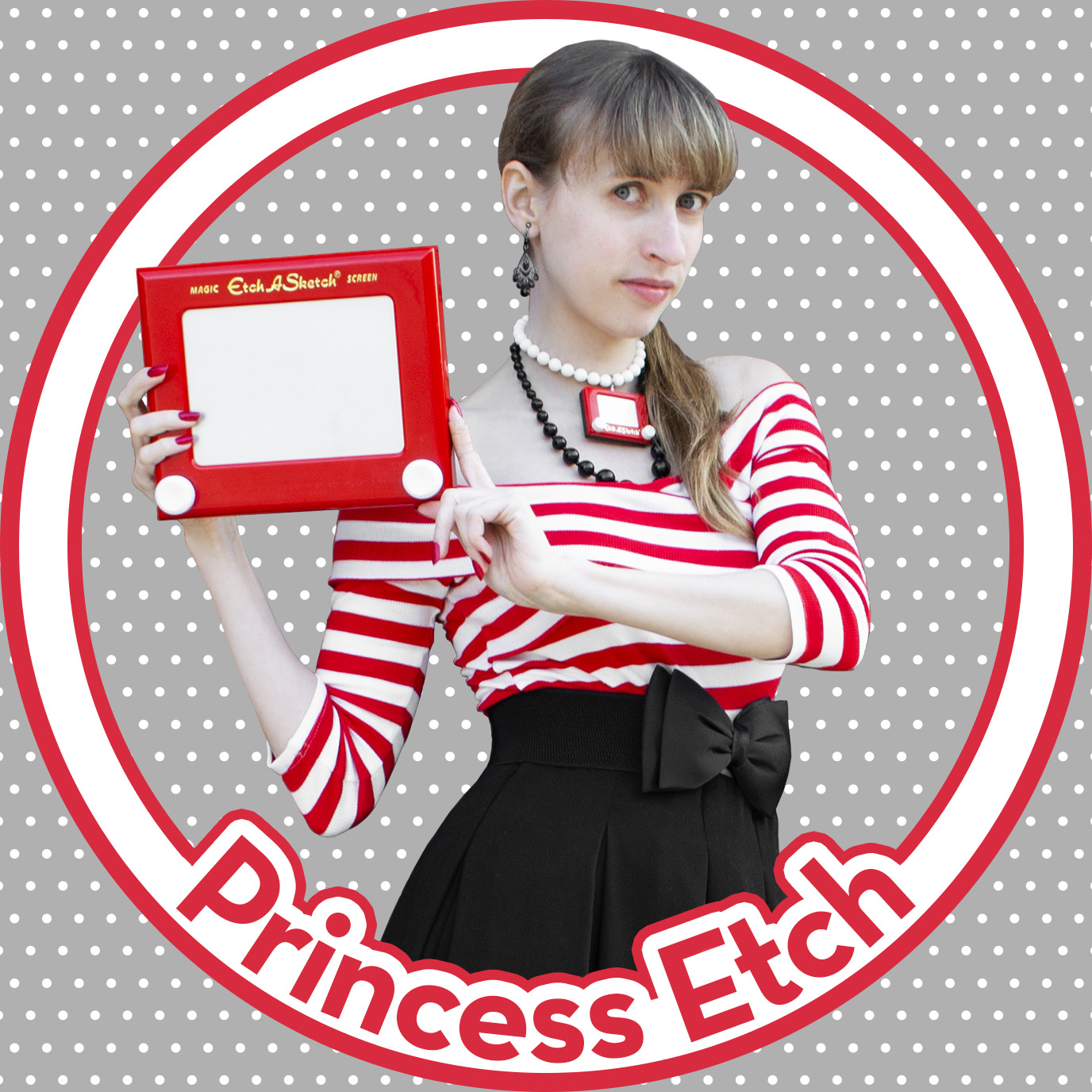
POP Entertainment
Princess Etch - a Multi-Talented Etch A Sketch Artist
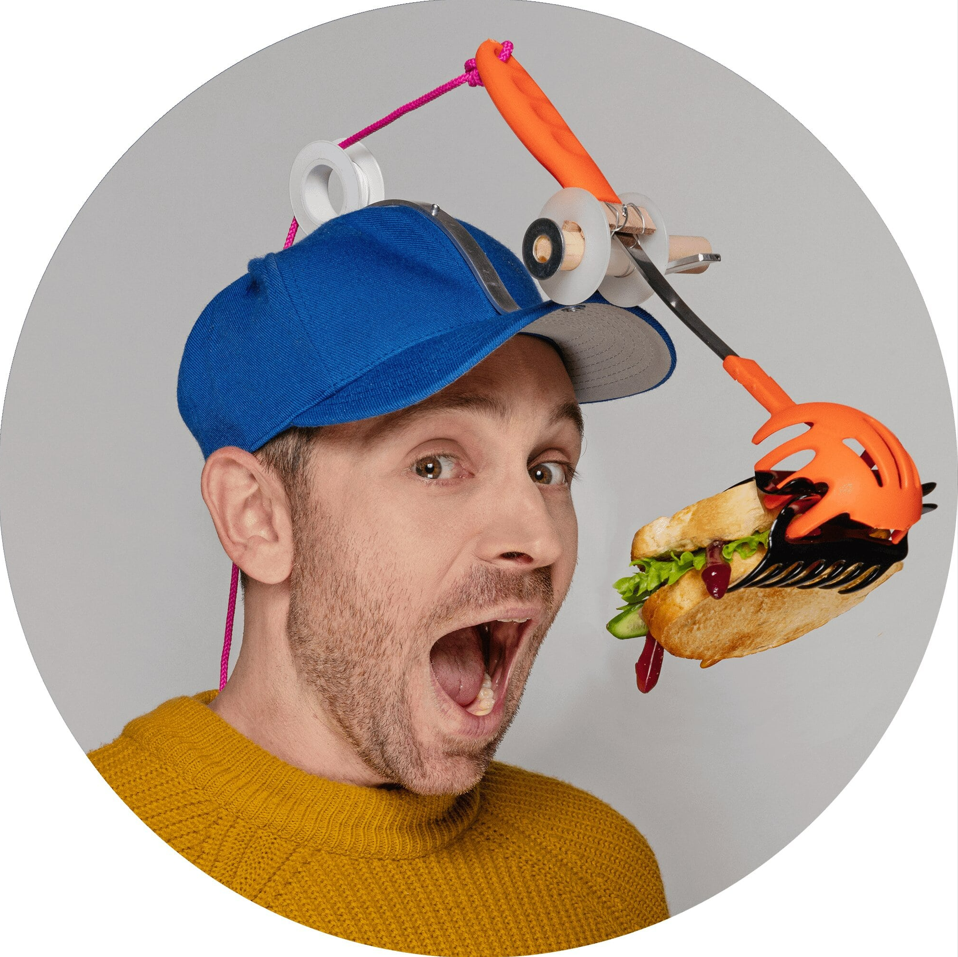
POP Entertainment
Joseph Herscher of Joseph' s Machines.
See more
Recent POPcast
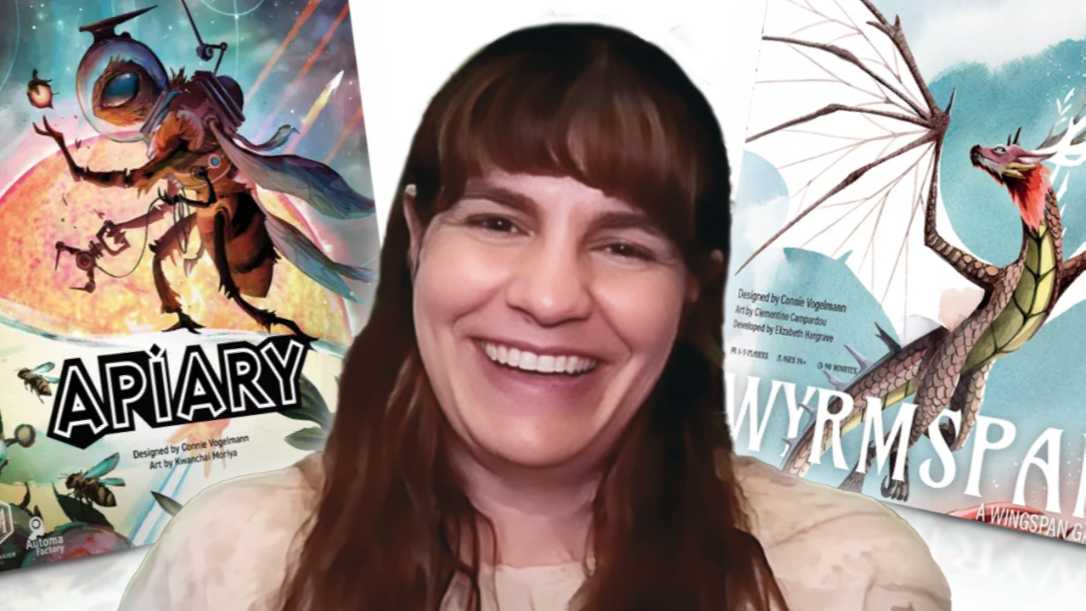
Hidden Role: The Brains Behind your Favorite Games
Connie Vogelmann designed Apiary & Wyrmspan!

Hidden Role: The Brains Behind your Favorite Games
Bob Fuhrer... Is THE Crocodile Dentist!
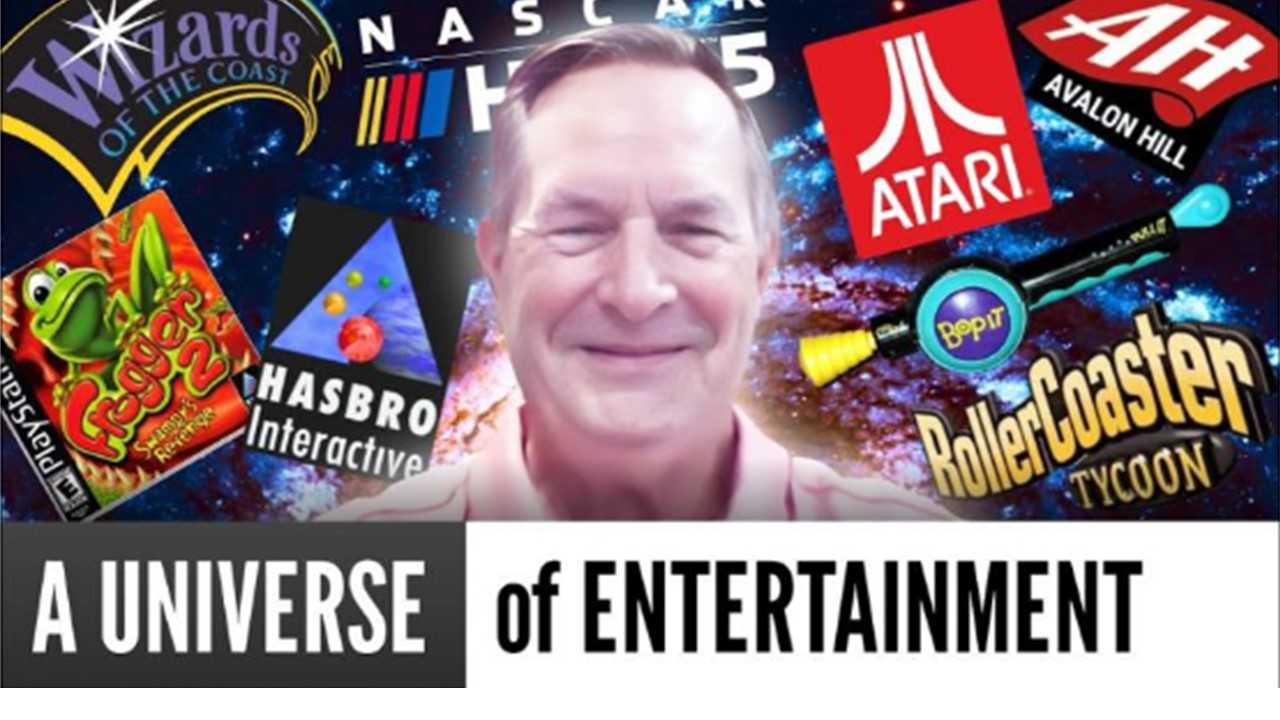
Hidden Role: The Brains Behind your Favorite Games
Tom Dusenberry... Bought Atari, Wizards of the Coast, and Avalon Hill!

Hidden Role: The Brains Behind your Favorite Games
Matt Leacock created Pandemic... the game!

Hidden Role: The Brains Behind your Favorite Games
Scott Brown and Tim Swindle... are Launching a New Sport!
See more
POPDuos

POPDuos: Interviews with Legends and Leaders
POPDuo: Richard Dickson, Mattel’s President & COO, and Kedar Narayan, Young Inventor Challenge AMB

POPDuos: Interviews with Legends and Leaders
POPDuo: Will Shortz and Josh Wardle

POPDuos: Legends and Leaders Explore Creativity
POP Duo: Elan Lee, Co-Founder, Exploding Kittens.and Jeff Probst, Host and Exec Producer, Survivor

POPDuos: Legends and Leaders Explore Creativity
POP Duo: David Fuhrer, MNG Director, Blue Sq Innovations & Shawn Green, past Dodgers & Mets MLB Star

POPDuos: Legends and Leaders Explore Creativity
POP Duo: Bob Fuhrer, Founder, Nextoy and Tom Fazio, Golf Course Designer
See more






